The Flying Dutchman Online Course by Dr. Carol AndersonWagner and His Operas
by Carol Anderson
A Complicated Genius
Richard Wagner is one of the most fascinating, polarizing, and influential figures in the history of classical music in opera. He was born in Leipzig in 1813 to Carl Wagner, a police registrar, and Johanne Wagner, but his father died shortly after his birth. His mother lived with and later married actor and playwright Ludwig Geyer, a friend of Carl’s. Almost certainly young Richard considered Geyer to be his biological father. Regardless of physical paternity, Geyer was a father figure. Geyer inspired Richard’s love of theater, and Richard performed in some of his works. Richard received some early basic piano instruction at a young age, but his formal musical training began when he was enrolled in the Kreuzschule in Dresden. This boarding school served as a grammar school for singers in the choir of the Kreuzkirche (Church of the Cross). As a child, Richard’s first intent was to be a playwright but seeing von Weber’s seminal German Romantic opera Der Freischütz at age nine left an indelible impression on the young student.
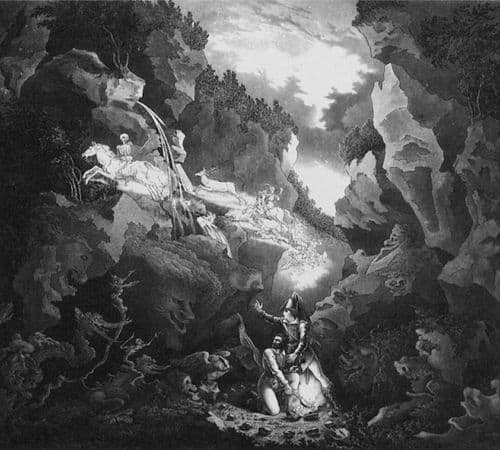
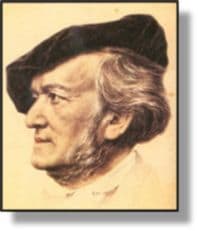
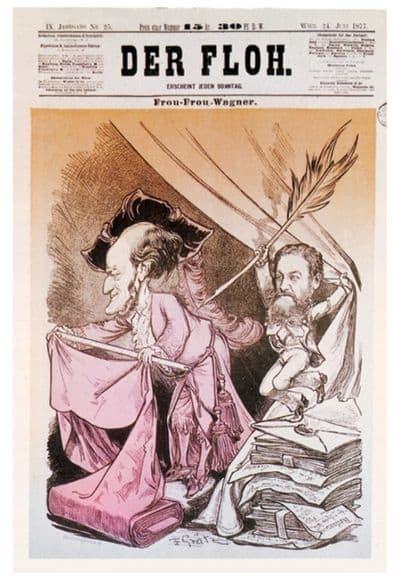
Wagner’s development as a composer was not typical. He was an indifferent student when engaged in formal music education. Somewhat of an autodidact, Wagner developed his compositional skills through analysis of the scores of his musical predecessors, particularly Beethoven. Beethoven became a huge influence in his life after he saw performances of the master’s Seventh and Ninth (Choral) Symphonies. His playwriting was similarly self-taught, as Wagner read the plays of Schiller, Goethe and Shakespeare.
Richard Wagner’s life and works spanned the transition from the Age of Enlightenment throughout the entire period of German Romanticism. His influence on the music of the nineteenth century is remarkable. Composers who followed either admired Wagner, and followed his theories and influences, or despised him and took the opposite in their compositional practice, but no one was indifferent to his genius or personality.
Some of this polarization stems from Wagner’s being an unsavory human being. He was a user of hallucinogenic drugs, and a racist anti-Semite (though many of his countrymen at the time were anti-Semitic). He was constantly on the run from creditors (thinking he should live above such menial considerations as money because of his genius) and treated his friends terribly, though also inspiring amazing devotion.
One example of such treatment: in 1865, after separating from his first wife, Wagner began an affair with Cosima von Bülow, daughter of his friend Franz Liszt, and wife of another friend, the conductor Hans von Bülow, who led the premiere of Tristan und Isolde. In one of the great scandals of music history, Cosima and Richard had three illegitimate children together before Von Bülow finally granted Cosima a divorce.
Interestingly, Wagner’s debt-ridden ways led him on a path that inspired The Flying Dutchman. By 1831, Wagner had amassed large debts while employed by the local opera house in Riga. After a harrowing overland journey from Riga to Paris, Wagner and his first wife, Minna, made a sea-voyage from Paris to London. Plagued by storms, an eight-day journey ended up lasting three weeks.
In the spirit of “life imitating art,” the ship had to take refuge in a Norwegian fjord, in the same way that Daland comes ashore to shelter from stormy seas at the beginning of the opera. The Flying Dutchman premiered in 1843 in Dresden to great acclaim, with several revisions to follow.
One of Wagner’s most enduring contributions to opera theater was the concept of Gesamtkunstwerk, or “total art work.” Wagner believed that opera should be a synthesis of all the elements at hand: words, music, scenery, costuming, staging – a sort of “the whole is greater than the sum of its parts“way of creating music theater. From this idea comes the concept of Leitmotif, where a musical idea stands for a character, idea, or theme in the opera.
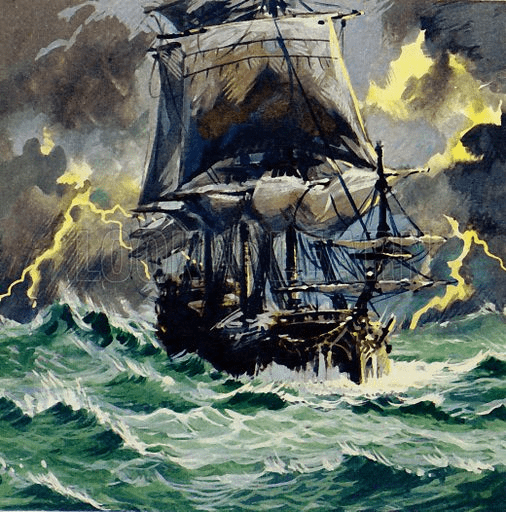
When that idea is repeated, either sung by a character or played in the orchestra, the audience’s subconscious mind remembers that idea. While composing The Flying Dutchman, Wagner was just beginning to explore this technique, so his ideas are not as fully developed as they will be in his “magnum opus” Der Ring des Nibelungen.
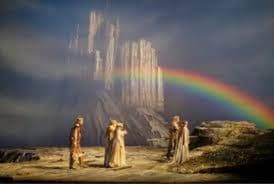
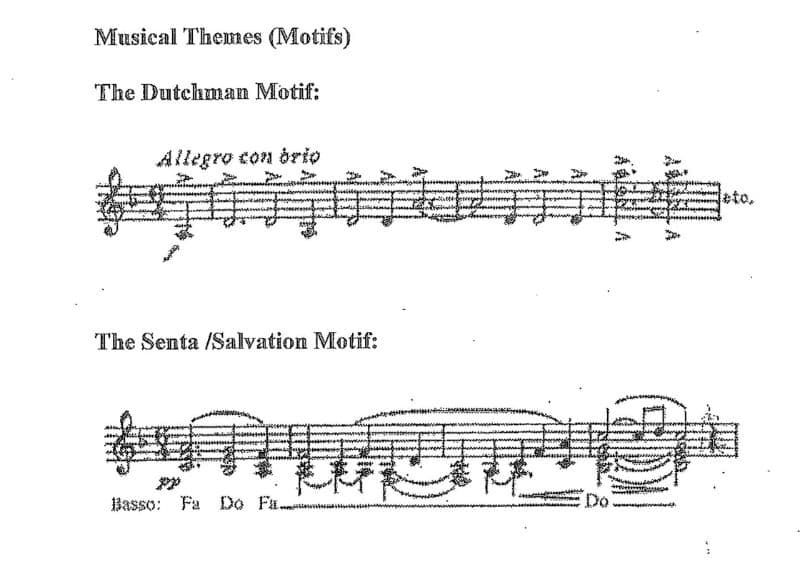
Another innovation of Wagner’s was the idea of eliminating divisions between musical numbers, thus creating a seamless flow of music and story from start to finish of an act. The Flying Dutchman was first conceived as a single act, and only in later revisions did Wagner divide his work into three separate acts.


